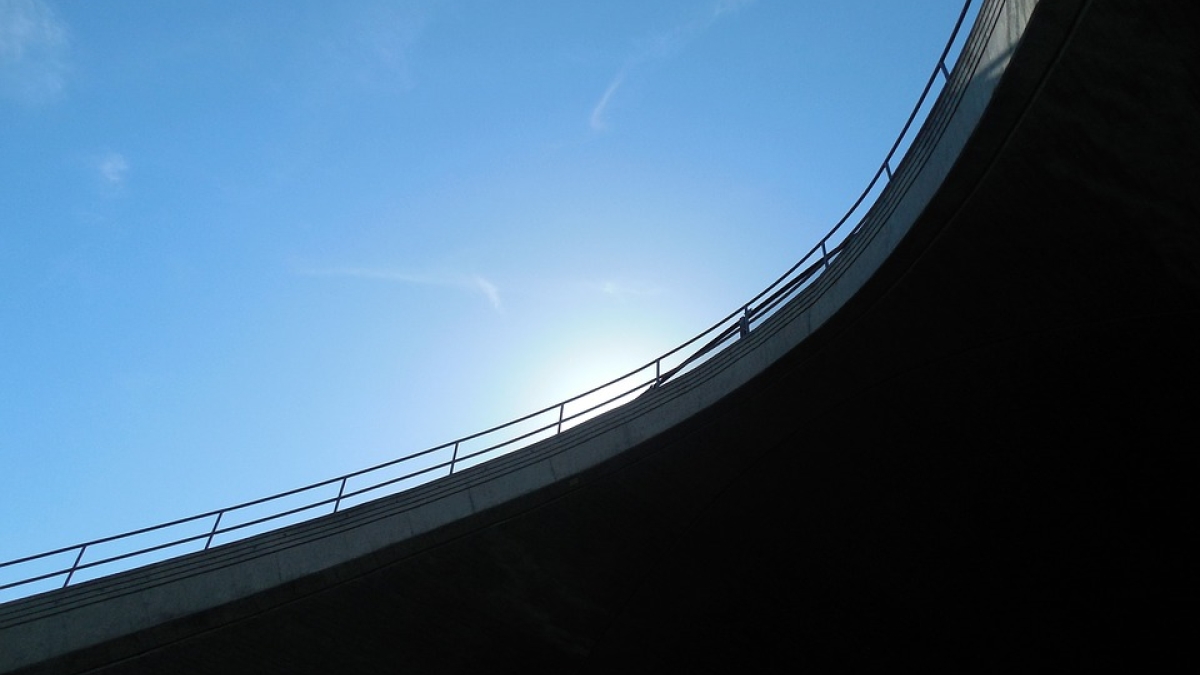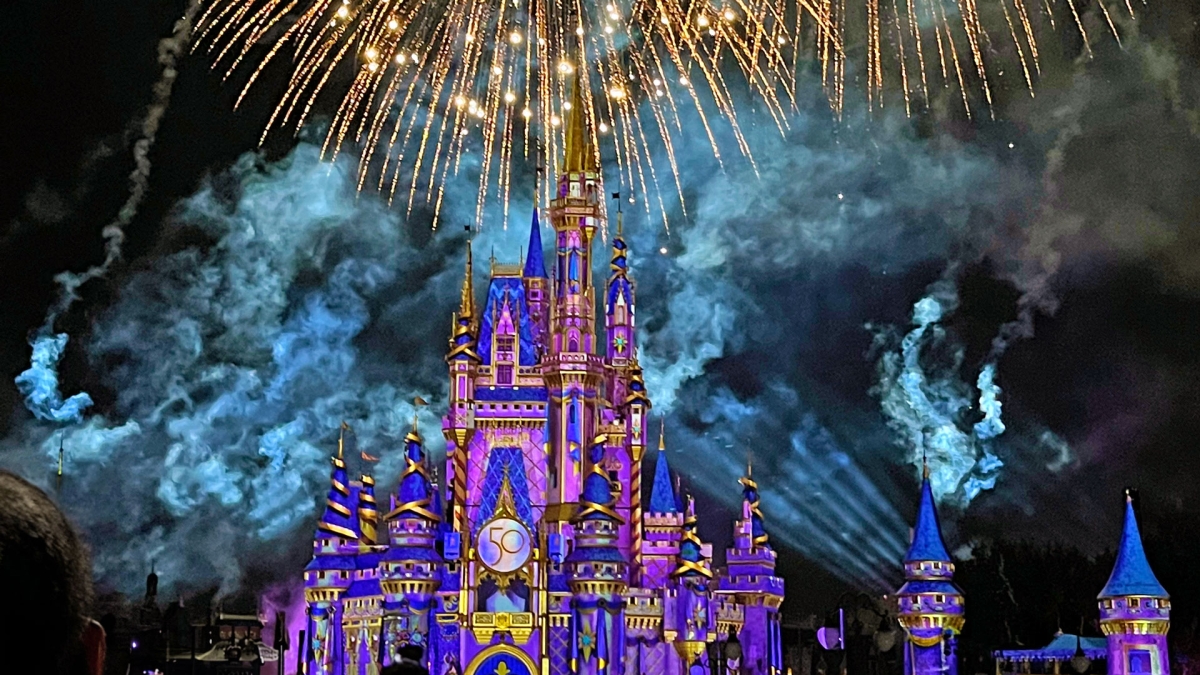Italian highway collapse spurs closer look at other bridge systems
ASU professor says Arizona's infrastructure is sound but monitoring is needed; technology, climate change could affect bridges in future

As rescue workers continue to search the rubble after last week's Morandi Bridge collapse killed at least 39 people in Genoa, Italy, the disaster has drawn attention to bridge safety and soundness elsewhere.
Barzin Mobasher, a civil and environmental engineering professor in Arizona State University’s Ira A. Fulton Schools of Engineering, says the Arizona’s bridges are holding up well due to a number of factors, including the state’s sunshine. But climate change and technological advances could affect bridges in the future, he says.
Mobasher’s research focuses on the interaction of three fields of materials science — mechanics of solids, structural design, and bridge construction design and sustainability. He recently spoke to ASU Now about Arizona’s bridge system and best practices.
Barzin Mobasher
Question: The bridge collapse in Genoa, Italy, has many Arizonans asking if our structures are sound. How do we compare with others?
Answer: Compared to many other states, Arizona’s dry, hot climate serves to better preserve its bridges. Also, because much of our transportation infrastructure is quite new, we don’t have aging problems faced by other states.
The growing population in Arizona has also led to new roadways and the widening or replacement of perfectly good structural components in order to meet the growing capacity expected of our highway system. Nevertheless, we have problems of our own. For example, Interstate 40 goes through many freeze-thaw cycles, and using salt on the roads contributes to corrosion problems of bridge decks. There are unique problems we need to address, making condition assessment and regular maintenance the best approach to maintain a safe and reliable infrastructure.
Q: What is the average life span of a bridge?
A: There are no standard figures to use. However, as our ability to analyze the various components of failure improves, we are moving towards requiring standardized design procedures to ensure a longer life span. Today, a 100-year life span is a typical requirement for bridges with high visibility. For example, the Confederation Bridge in New Brunswick, Canada, uses a multi-span concrete box girder structure and is 8 miles long. When it was completed in 1997, the bridge was designed with a life span of 100 years.
Structural and materials technology have improved significantly in the meantime, so now we can set our goals for much longer-lasting bridges, like a 150-year life span.
Q: What are some of the industry best practices to monitor bridge stability and safety and stay ahead in their upkeep?
A: Some of the best practices include moving away from prescriptive-based design guides and toward performance-based design, giving more freedom to innovative design and materials.
Applications of material science engineering and mechanics have allowed us not only to understand many underlying mechanisms that control factors like durability, corrosion and environmental issues, they also have provided better assessment tools to detect vulnerabilities like cracks and corrosion. As these tools become more accurate and integrated for measuring material properties, a much better picture of a bridge’s condition is presented.
As a society, we expect to replace and upgrade our phones, computers and cars every two years; however, our expectation for the civil infrastructure system is that it last indefinitely. While it would be ideal if the initial phase of construction included detection and monitoring sensors that last the lifetime of a bridge, we are a few years away from that technology.
Q: Speaking of technology, will new automotive technologies have an impact on our bridge system?
A: As we move into self-driving and electric vehicles, it is possible that weight standards for trucks will be totally different. The long-term damage to a bridge caused by the stress of an 80,000-pound truck is far greater than four trucks carrying 20,000 pounds each. We are not sure how to address disruptive, innovative technologies that will likely affect the future of our bridge systems. The technology will dictate the changes, and market forces will adapt.
Q: Have engineers given any weight to whether climate change will impact our bridges?
A: Climate change will affect many established guidelines engineers use. We have no idea what the norm for traffic loading by trucks will be 30 years from now, nor do we know if land-use patterns and charts defining a 100-year flood cycle will accurately predict the future. The questions we ask today relate to the predictability of population centers and their transportation needs with respect to our current understanding. With each innovation proposed, additional challenges are presented.
The collapse of the pedestrian bridge at Florida International University during its construction in March is a sobering reminder that no matter what the project is, we need to understand, capture and change the design of the potential failure mechanisms during the engineering phase as well.
Q: How do structurally deficient bridges receive priority in Arizona? Once identified, what processes are initiated to rehabilitate them?
A: There are standard processes for evaluation ranging from bridge age to traffic load to pedestrian and bicycle traffic and emergency-vehicle access, to name a few. Arizona has a good record of developing a system to match resources for critical, “must-do” repairs as well as long-term maintenance issues. Clearly, appropriation of proper financial, technical, equipment, facilities and human resources in terms of collective funding by our transportation officials will be the key aspect of their success to meet expectations. With $60 million in expenditures, I’ll be the first to admit Arizona does a tremendous job with limited resources to maintain our great state in the shape it is.
I have worked with the Arizona Department of Transportation on research projects for the past 15 years, and compared to other states and some European countries, our investment in research and development for transportation systems is quite low, even when we take into account the size of the state and the population density. Our path to future prosperity is dependent on providing and transporting goods and services, reducing traffic congestion and ensuring we have safe roadways for all who use them.
Q: Arizona bridges get a “B” rating from the American Society of Civil Engineers, but what else should the Department of Transportation be addressing?
A: It’s important is to address essential redundancies. For example, considerations about the economic impact of bridge closure in terms of traffic flow and lost productivity are also critical to transportation security.
In 2013, traffic congestion cost Americans $124 billion in direct and indirect losses. This number will rise to $186 billion in 2030.
When a highway is closed due to bridge condition — for example, the 2015 collapse of the Tex Wash Bridge on Interstate 10 between California and Arizona — everyone suffers. Although the bridge was in California, the disruption of traffic flow in both states was tremendous because detours took drivers hundreds of miles out of the way.
Landslides, rock falls, floods and other challenges not specifically related to bridge stability also need consideration and planning. We must adopt a “we’re in this together with our neighbors” philosophy when it comes to identifying bridge-outage consequences in terms of rerouting traffic. We need to determine what level of detour is acceptable and incorporate those standards into our bridge planning.
Q: One of your areas of expertise is developing sustainable concrete materials. What measures do you recommend to increase safety for the next generation of bridges?
A: Narayanan Neithalath, an ASU civil engineering professor, and I are completing a project for ADOT to develop the next generation of ultrahigh-performance concrete materials. These materials have a strength which is more than five times that of ordinary concrete with ductility and energy-absorption capacity greater than two orders of magnitude. With these materials, the work for repair of bridges can be accomplished much faster — we make and transport precast bridge components and connect them using this super-strong concrete material. The speed of construction is expedited, traffic diversions are reduced, and the cost of the project is minimized because mobilization and on-site component construction are limited to fewer sections.
Another project is increasing the stability of concrete structures using fibers, new structural shapes and repair systems that use textile-reinforced concrete. Our team, in collaboration with ASU Skysong Innovations, just filed for intellectual property rights.
Top photo courtesy of Pixabay
More Science and technology

Making magic happen: Engineering and designing theme parks
The themed entertainment industry is widespread and diverse, encompassing everything from theme parks to aquariums, zoos, water parks, museums and more. The Theme Park Engineering and Design…

AI-equipped feeders allow ASU Online students to study bird behavior remotely
ASU Online students are participating in a research opportunity that's for the birds — literally. Online Bird Buddies is a project that allows students to observe birds remotely, using bird feeders…

National Humanities Center renews partnership with Lincoln Center for responsible AI research
The National Humanities Center has announced that Arizona State University's Lincoln Center for Applied Ethics is one of four organizations to receive funding for the second phase of their…
